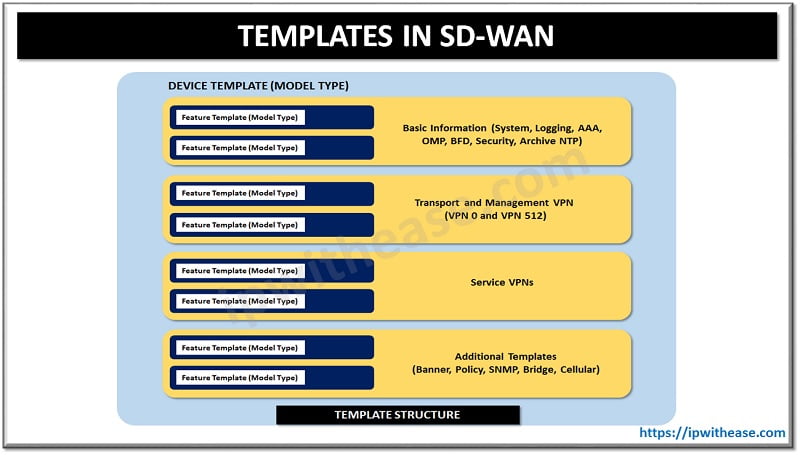Table of Contents
When setting up an internet connection at home or in an office, you’ll often hear about two essential devices: modem and router. While both are crucial for connecting to the internet, they serve different purposes.
In this blog, we’ll break down the key differences, modem vs router, types, functions and explain why you might need both.
What is a Modem?
A Modem is a device that transmits and receives data over the plain old telephone system’s (POTS) analogue lines. The modem acts as a “bridge” between customer PC and your ISP. The dynamic or static public IP address which the modem obtains from ISP is passed on to your PC. Modems generally work in pairs, with one modem at provider end and other at customer premises end.
The functionality of modems is to modulate and then demodulate the signal and so that they are received at the each side of the connection. Some examples of modems include – Cable Modem, DSL Modem etc.
A modem (modulator/demodulator) was originally a device that took the analog signal of the phone line and converted it into a digital signal that a computer can understand. Now we use the term “modem” to mean any device that receives the raw signal from an Internet service provider and puts out a signal the computer and other devices can use.
Functions of a Modem
- Connects directly to the ISP
- Converts analog signals into digital signals and vice versa
- Provides a single Ethernet connection (usually)
Types of Modem
Dial-Up Modem or Analog Modem
- Technology: Uses traditional telephone lines
- Speed: Up to 56 Kbps (very slow)
- Usage: Mostly obsolete; used in the early days of the internet
DSL Modem (Digital Subscriber Line)
- Technology: Uses telephone lines but allows internet and phone calls simultaneously
- Speed: Up to 100 Mbps (depends on the type of DSL)
- Usage: Used in homes and small businesses
- Types of DSL Modems: ADSL or Asymmetric DSL has higher download speeds than upload speeds and VDSL or Very High Bitrate DSL which is faster than ADSL, with speeds up to 300 Mbps
Cable Modem
- Technology: Uses coaxial cable (same as cable TV) to deliver the internet
- Speed: Up to 1 Gbps (Gigabit speeds)
- Usage: Common in urban areas and widely used by ISPs
- Faster and more stable than DSL
Fiber Optic Modem (ONT – Optical Network Terminal)
- Technology: Uses fiber-optic cables to transmit data as light signals
- Speed: Up to 10 Gbps (extremely fast!)
- Usage: Used for high-speed broadband internet (e.g., Google Fiber, Verizon Fios)
- Unlike traditional modems, fiber modems don’t always require a separate router, as ISPs sometimes provide an all-in-one unit.
Satellite Modem
- Technology: Uses satellites to transmit internet signals
- Speed: 25-100 Mbps (varies based on location and provider)
- Usage: Best for rural or remote areas where other internet options are unavailable
- Downside: Higher latency (lag) due to the long distance signals must travel.
Cellular Modem (4G/5G Modem)
- Technology: Uses mobile networks (LTE, 4G, 5G) instead of cables
- Speed: 50 Mbps to 1 Gbps (depends on network strength)
- Usage: Used for mobile broadband, home internet, and portable hotspots
- Popular in RVs, remote work setups, and rural areas where wired internet is unavailable.
Integrated Modem-Router (Modem-Router Combo)
- Technology: Combines modem + router into one device
- Speed: Varies based on the modem type (DSL, cable, fiber, etc.)
- Usage: Ideal for people who want a simple, all-in-one solution
- Less clutter, easy to set up
- Less flexibility; upgrading may require replacing the entire unit
What is a Router?
A Router is a device which acts as an interface between two networks i.e. LAN and WAN. It forwards packets based on network addresses (Internet Protocol addresses) between ISP’s router and LAN. A router learns more about the networks to which it is connected and can be more selective about the packets it passes on. A router rejects packets unless they match defined attributes (e.g. specific source or destination network addresses).
A router can also select the best route for packets to take in large interconnected networks. It will have several Ethernet ports to which one device per port is attached. For instance, in a home network, various desktop computers, laptops, printers and scanners may be connected through an Ethernet cable to the router. The computers can connect to printers and other devices on the network and share each other data.
Functions of a Router
- Directs internet traffic between devices
- Provides Wi-Fi connectivity
- Adds security features like firewalls and parental controls
- Supports multiple Ethernet ports for wired connections
Types of Router
Wired Router
- Technology: Uses Ethernet cables to connect devices
- Speed: Fast and stable (depends on Ethernet standard, e.g., 1 Gbps, 10 Gbps)
- Usage: Used in businesses, gaming setups, and areas requiring stable connections
- Best for: Offices, data centers, and professional gaming setups where stability is crucial.
Wireless Router (Wi-Fi Router)
- Technology: Creates a Wi-Fi network for wireless device connections
- Speed: Varies (Wi-Fi 5, Wi-Fi 6, and Wi-Fi 6E offer faster speeds and better range)
- Usage: Most common type, found in homes and offices
- Key Features: Dual-band or tri-band Wi-Fi, parental controls, guest networks
Core Router (Enterprise Router)
- Technology: Used by ISPs and large enterprises for high-speed data routing
- Speed: Extremely high (up to Tbps – Terabits per second)
- Usage: Data centers, cloud networks, and large businesses
- Not for home use—these are used by companies like Google, Amazon, and ISPs.
Edge Router
- Technology: Sits at the boundary of a network and connects different networks
- Speed: High-speed routing, but varies based on usage
- Usage: Used by businesses to connect internal networks to external networks
- Example: A company connecting its internal network to the internet securely.
Virtual Router
- Technology: A software-based router that replaces a physical router
- Speed: Depends on server capabilities
- Usage: Used in cloud computing and virtualized networks
- Best for: Cloud-based companies and IT professionals managing remote servers.
Mesh Router
- Technology: Uses multiple nodes to create a whole-home Wi-Fi network
- Speed: High-speed, seamless roaming across a large area
- Usage: Ideal for large homes, offices, or buildings with Wi-Fi dead zones
- Examples: Google Nest Wi-Fi, Eero, Netgear Orbi
Modem-Router Combo (Gateway Router)
- Technology: Combines a modem and a router into one device
- Speed: Varies based on the modem and router specifications
- Usage: Common for ISP-provided devices (easier setup but less flexible)
- Best for: Home users who want a simple, all-in-one internet solution.
Difference: Modem vs Router
Below table summarizes the differences between the two:
| Functionality | Modem | Router |
| Layer | Data link layer (Layer 2) | Network Layer (Layer 3 devices) |
| Functionality | Signal Modulation at one provider end and demodulation at customer end or vice versa. | Connection between Customer and provider network |
| Scope | Extends Service provider network over Layer 2 till customer premises. | Routes between customer LAN and Service provider network. |
| Ports | 2, one for connection to ISP. Next one to connect with router(For large networks) | 2/4/8 |
| Data Transmission form | Packet | Packet |
| Technologies | ISDN,HDSL,SDSL,SHDSL,ADSL | NAT , MPLS, Static, RIP, OSPF Routing protocols |
| Device Type | Inter-networking device | Networking device |
| Connections | Can connect to one PC using Ethernet port | Can connect to multiple PCs or networking devices via Ethernet or Wi-Fi |
| Necessary for Internet Connection? | Yes | No, but provides additional security and allow for multiple connections. |
| Independent? | Yes. A modem can work without a router, delivering information (such as Internet access) to a single PC. | Routers can share information between computers, but cannot connect to the internet without a modem. |
| Security | No security measures | Provides security measures to protect network |
| Cost | Cheaper than Router | Costlier than modem |
| Intelligence | Intelligence upto Layer 2 only | Intelligence upto Layer 3 and 4. |
Download the comparison table: modem vs router
Understanding the difference helps you choose the right setup for faster speeds, better coverage, and a secure home network.
Do I need a Modem and a Router?
- If You Have a Wired Internet Connection (ISP Provides Ethernet Access), only a Router is needed to connect multiple devices wirelessly or via Ethernet cables. E.g. – Fiber optic services like Google Fiber or some apartment internet setups provide a direct Ethernet jack; just plug in a router.
- If You Have Cable, DSL, or Satellite Internet, you need both a Modem and a Router (or a combo device). Modem connects to your ISP and translates signals. And the router distributes internet to multiple devices via Wi-Fi or Ethernet.
Can I Use a Modem-Router Combo?
Yes! Many ISPs provide a modem-router combo (gateway). This simplifies setup but might not be as powerful or customizable as separate devices.
ABOUT THE AUTHOR

You can learn more about her on her linkedin profile – Rashmi Bhardwaj



